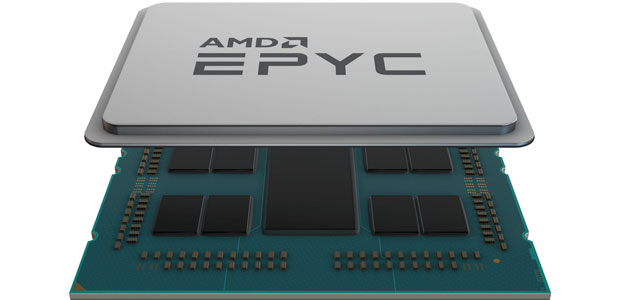
How creative industries can cut costs while futureproofing their IT
Creative industries are under huge pressure caused by the pandemic. For the SMB sector, there’s never been a greater need to cut costs and futureproof themselves against further economic uncertainty in the coming months.
We want to share an example of one British creative technology business which has just released a case study exploring how it pivoted towards a more cost effective IT infrastructure.
IT infrastructures under pressure
Since 1998, The Media Team has published a growing number of websites specialising in independent technology news and reviews, modding, content creation, food, and more. Its IT infrastructure required to support the increasing traffic load from the various websites and projects has been under strain for a while, leading to slow server responses at times of peak load.
The existing Intel Xeon-based server, hosted at a local data centre, had led to several issues, including: significant slowdowns in high demand web serving caused by older server processors; and poor energy efficiency compared to newer solutions, impacting upon total cost of ownership.
Server solutions need to scale as the company grows
The company’s options for a new server solution were either for the server and application requirements to be ported over entirely to established providers or to build a brand-new, scalable server platform.
After considering both AMD and Intel, The Media Team chose to implement a dual-socket AMD 2nd Generation EPYC 7662 server (128 cores, 256 threads, 512GB RAM) which demonstrated leadership in outright performance, especially in virtualisation instances, in addition to platform-level features, future upgradeability, and reduced TCO compared to an Intel Xeon alternative.
For a small technology business such as The Media Team specialising in online content serving and in-house design, an AMD EPYC installation represented the preferred combination of class-leading performance, consistent upgrade path, and lower total cost of ownership than going for a broadly equivalent Intel Xeon alternative or to a one-stop providers.
As a small business, any relatively large server infrastructure investment needs to provide long-term service in an easy-to-manage package, all without breaking the bank while being managed by the company's only IT manager.
Please see here for the full case study.

